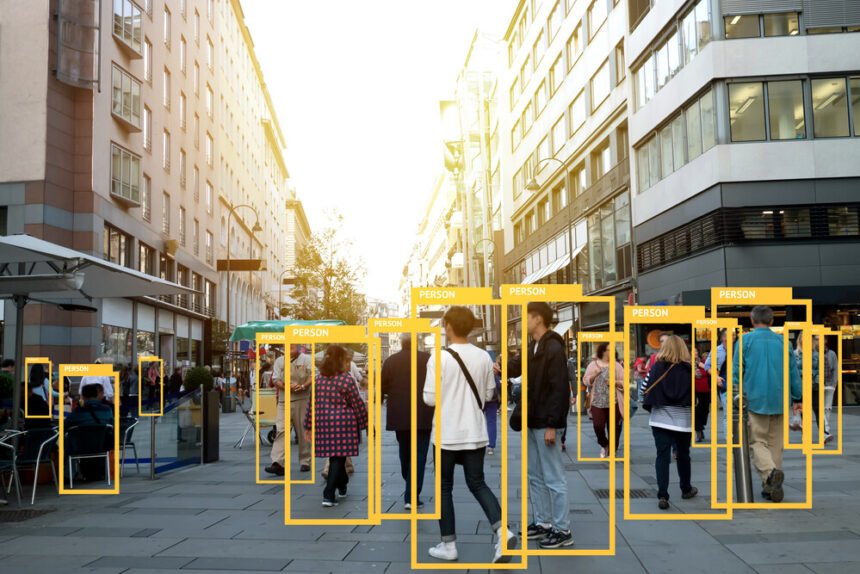Machine learning including deep learning feels like something right out of a science fiction story, and it’s here to be utilized. Deep learning extracts patterns from all sorts of data including images, and the following will help you understand how this happens.
How Deep Learning Works?
You should understand how deep learning works. This will help you understand how it uses images. Deep learning works through neural networks except these are artificial or machine-based neural networks. Just by the name alone, you probably guessed this system was developed by studying the human neural system. The information this system can learn has to be in a specific language.
Think of the way your eyes work. They can only take in the information you can see. You can’t perceive information that is too small or in a color your eyes weren’t made to see. The same can be said about any machine learning system.
This is the reason it’s important to learn about annotation techniques. Each technique helps deep learning systems detect and classify the information being presented. In this way, annotation is almost like magic. With the right technique, what was once hidden from a deep learning machine is finally visible.
Diving Into Image Annotation
Okay, now you can learn more about image annotation. You know why image annotation is important for deep learning, but now you should know how it occurs. There are several ways image annotation is achieved. Each works best for specific images. There’s 3D cubanoid annotation, which makes 3D images visible to 2D cameras.
If you were to see this happening in real life, you’ll see regular 3D images like vehicles, furniture, or even people in 3D cubes. Each cube will vary in size depending on the image, but this makes each item recognizable. There’s also semantic segmentation, which means one digital image is broken apart into several.
This is done so that the deep learning system can digest the information easier. Most of the time, a digital image is too complex if it’s not segmented. Polygon annotation is another method that needs to be mentioned. This method allows the system to recognize the edges of an item. If this isn’t done, an item might easily blend into another item, and that’s no good.
How it Works in the Real World
Okay, so now you know more about how deep learning works and how these systems might use properly annotated images. It’s important to understand why many people are interested in this kind of technology.
A lot of data can be collected with deep learning. What makes this special or valuable is that it could be modified to fit specific needs. For example, training data for retail AI applications is possible, and it could do wonders for this industry. For example, it can be used to detect when a specific item in the store is particularly low. This can trigger a response from a retailer’s employees so that the item is replenished.
You’d be surprised how often a retailer loses business because the item is not stocked quickly enough. This technology could also be used to recognize customers and to learn about their shopping patterns. Once the patterns are identified, you could send personalized shopping recommendations to those customers. It’s clear that most customers appreciate personalized recommendations, making this quite valuable.
Deep learning could also recognize real-time reactions to marketing material within the retailer’s place of business. You’ll learn if customers are having a positive reaction to your marketing material or not. This will help you figure out which marketing campaigns you should continue to invest in and which should be retired. A retailer or any other type of business could end up saving a lot of money and resources using this kind of machine learning.
Now, you know a little more about image annotations and why it’s so valuable to deep learning. On top of that, you know why real-life application of this technology is so valuable and why many types of businesses are investing in the technology. There’s no how much bigger and better deep learning is going to get, but it’s something worth paying attention to.

